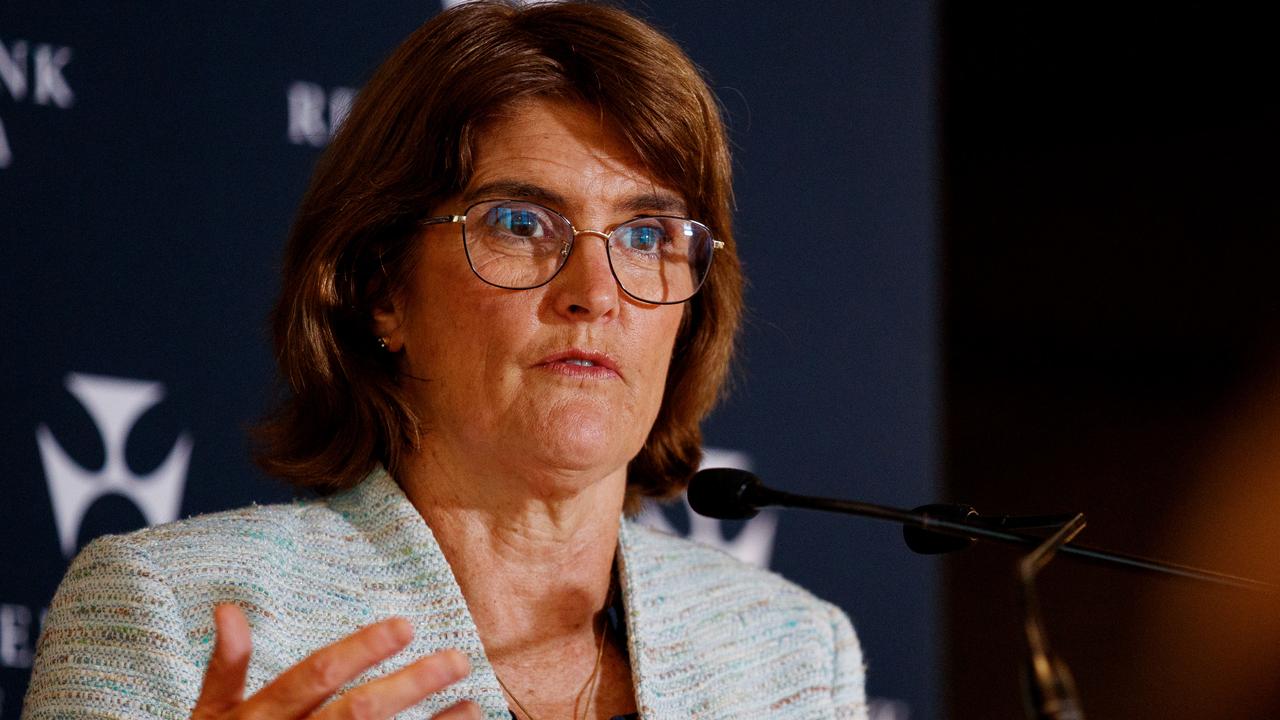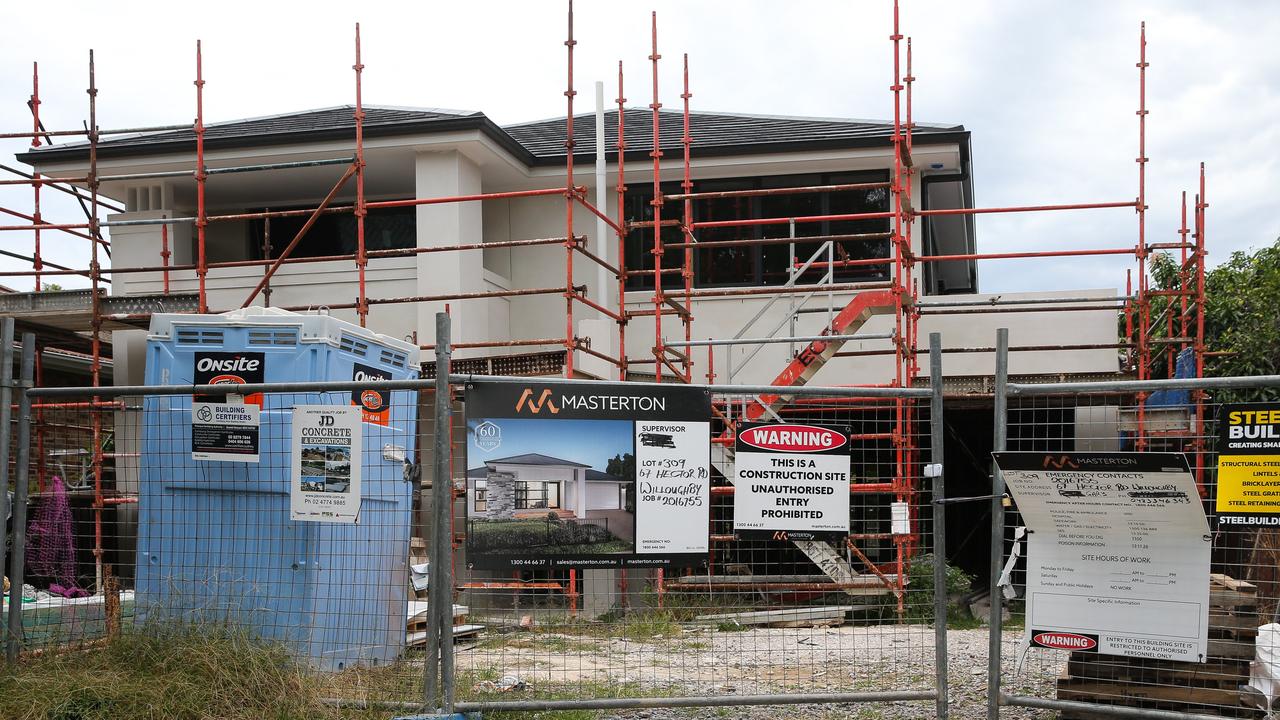RBA expected to hold interest rates steady on back of low credit demand
RISING interest rates have taken the edge off credit demand, including housing loans - the mainstay of borrowing in the past year.

RISING interest rates have taken the edge off credit demand, including housing loans - the mainstay of borrowing in the past year.
The Reserve Bank is due to hold its monthly board meeting on Tuesday, but economists widely expect the central bank to keep the cash rate at 4.5 per cent following three increases in as many months.
The central bank has raised the rate six times since October 2009.
Reserve Bank data showed total credit rose just 0.2 per cent in April for an annual rate of 2.1 per cent, less than half the rate of a year ago.
"This provides further evidence that the RBA's six rate hikes since October are beginning to bite," JP Morgan economist Helen Kevans said.
While economists expect the central bank will pause to gauge the impact of its previous rate increases on the economy, ongoing volatility in financial markets is another reason to stay its hand for now.
Money markets are even pricing in the risk of a rate cut in coming months, although new inflation data would suggest otherwise.
The TD Securities-Melbourne Institute monthly inflation gauge rose 0.5 per cent in May, partly reflecting the recent 25 per cent increase in tobacco tax.
Annual inflation rose 3.7 per cent in the year to May, its highest rate since October 2008 and well above the Reserve Bank's 2-3 per cent inflation target band.
TD Securities senior strategist Annette Beacher said the markets are "clearly overshooting" by pricing in a material risk of a rate cut.
"With a fully-employed economy and price pressures clearly building up a head of steam, a rate cut is the last thing this economy needs," she said.
Since October rising interest rates have added more than $300 a month to the average $300,000 mortgage.
The Reserve Bank's credit data showed housing credit rose by just 0.5 per cent in April, which saw the annual rate step down to 8.4 per cent from 8.5 per cent previously.
Business credit demand turned negative again, falling 0.4 per cent in April, having recorded the first rise in 14 months in March.
Annual business credit was down 7 per cent.
Despite this apparent shunning of credit to grease the wheels of business, corporate Australia raked in its biggest profits in a year - $57.2 billion - during the first three months of 2010, new data showed.
The gross operating profits of companies rose by seasonally-adjusted 3.9 per cent in the March quarter, the fastest pace in 18 months.
The balance of payments for the March quarter also showed the current account deficit narrowed to $16.55 billion after a revised $18.47 billion shortfall in the December quarter, much in with economists' forecasts.
Despite the improvement in the deficit, the bureau expects exports will subtract 0.5 percentage points from the March quarter gross domestic product (GDP), which is due on Wednesday.
Prior to todays's data, economists' forecasts for GDP had centred on a 0.7 per cent rise in the quarter, a slightly slower pace than the 0.9 per cent growth recorded in the final three months of 2009.



